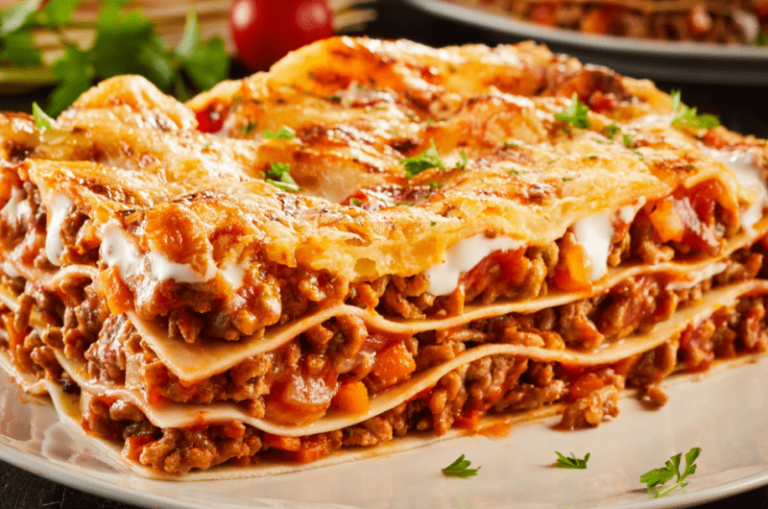Introduction: Bread and pastries in Italian cuisine
Italian cuisine is renowned for its delicious pasta, pizza, and gelato. However, bread and pastries also play a significant role in Italian cuisine. Italians have been making bread and pastries for centuries, and many famous Italian breads and pastries are enjoyed around the world today. In this article, we will explore some of the most famous Italian breads and pastries and learn about their origins and cultural significance.
Bread: The cornerstone of Italian cuisine
Bread is a cornerstone of Italian cuisine. Italians have been making bread for thousands of years, and there is a wide variety of Italian breads to choose from. Italian bread is typically made with simple, high-quality ingredients, such as flour, water, salt, and yeast. It is often baked in a wood-fired oven, which imparts a unique flavor and texture to the bread.
The most famous Italian bread: Focaccia
Focaccia is one of the most well-known Italian breads. It hails from the Liguria region of Italy but is now popular throughout the country. Focaccia is a flatbread that is typically topped with olive oil, salt, and herbs, although other toppings such as cheese, tomatoes, and onions can also be added. Focaccia is often enjoyed as a snack or served alongside a meal.
The iconic Italian pastry: Cannoli
Cannoli is an iconic Italian pastry that is enjoyed around the world. Cannoli consists of a crispy, tube-shaped shell filled with sweet ricotta cheese and sometimes chocolate chips or candied fruit. Cannoli originated in Sicily, and it is now popular throughout Italy and beyond.
Other Italian breads and pastries to try
In addition to focaccia and cannoli, there are many other Italian breads and pastries to try. Some notable examples include ciabatta, a rustic bread with a chewy texture; panettone, a sweet bread traditionally eaten during the Christmas season; and sfogliatelle, a flaky pastry filled with sweet ricotta cheese.
Conclusion: Bread and pastries are integral to Italian cuisine
Bread and pastries are essential components of Italian cuisine. From the simple, rustic bread of Tuscany to the sweet, creamy cannoli of Sicily, there is a wide variety of Italian breads and pastries to suit every taste. Whether enjoyed as a snack, served alongside a meal, or savored on their own, Italian breads and pastries are sure to delight anyone who tries them.

